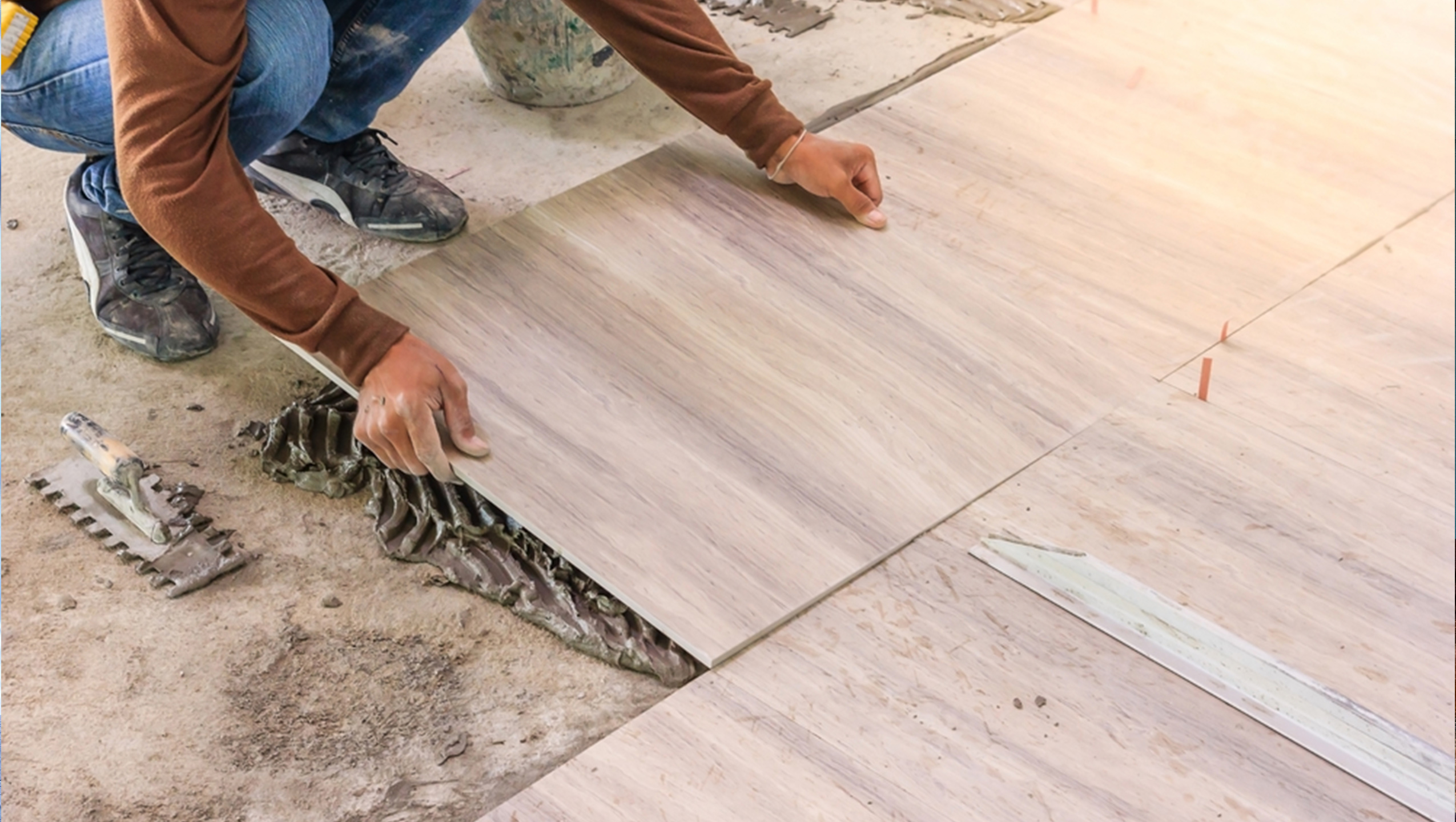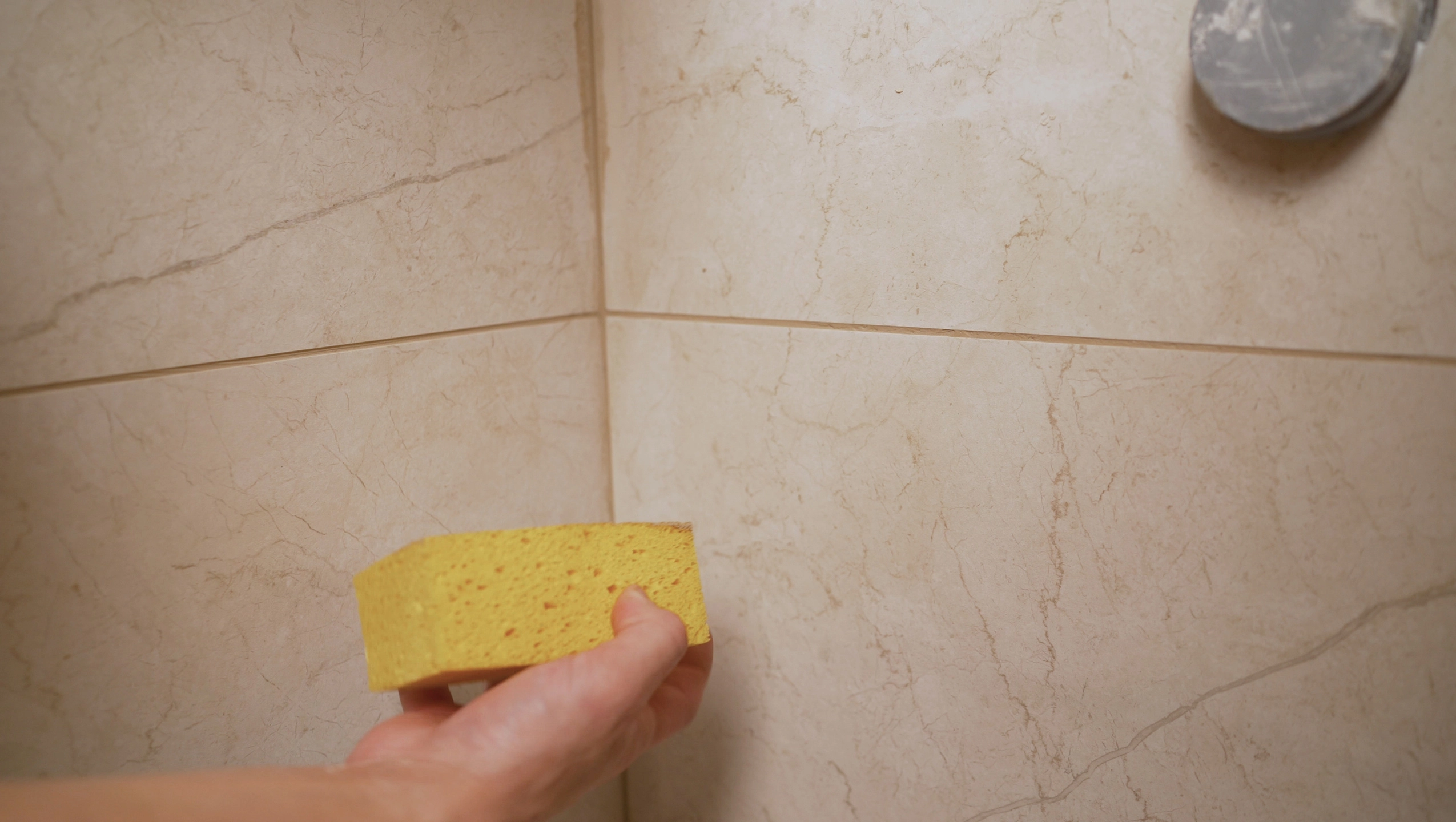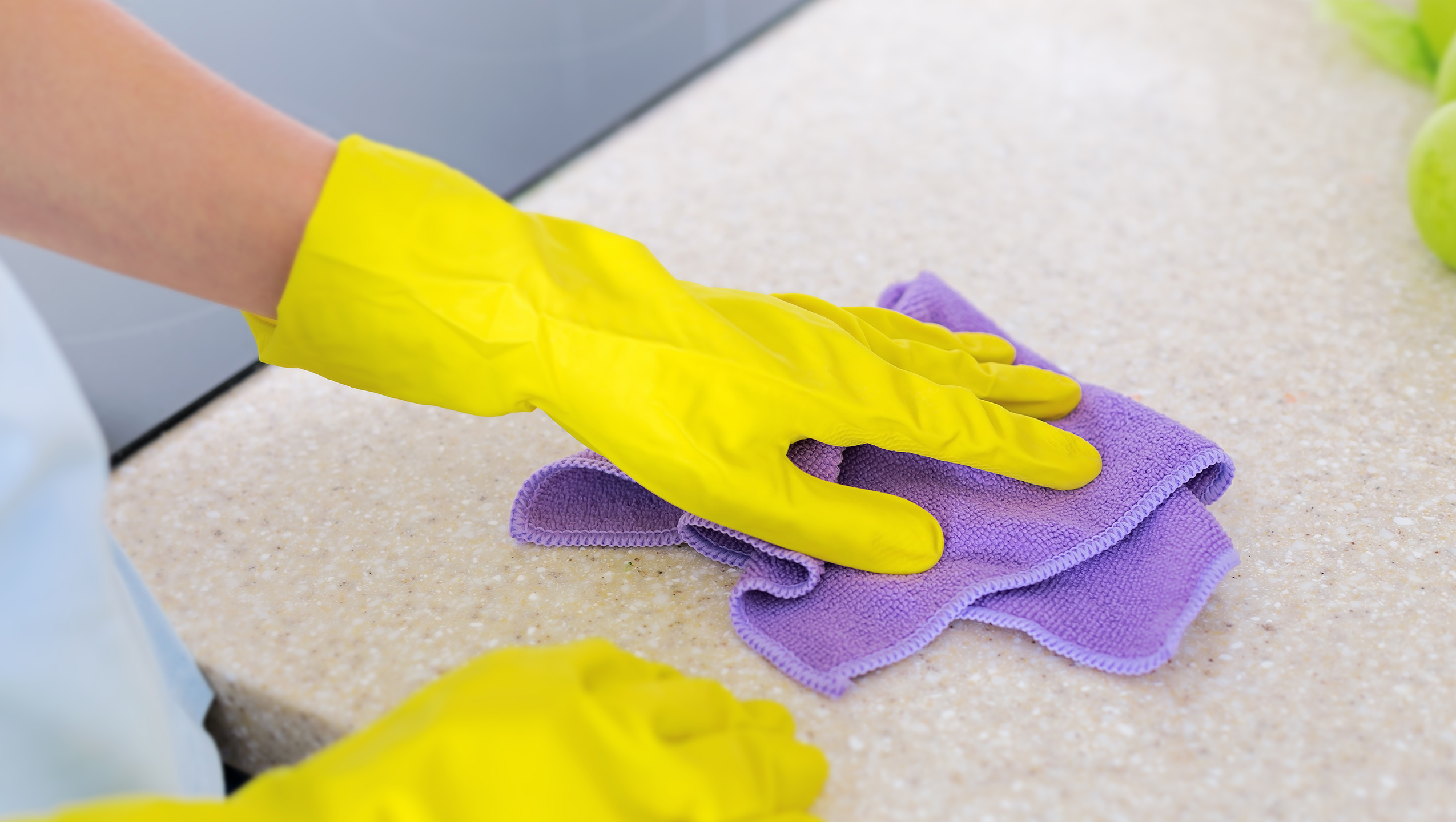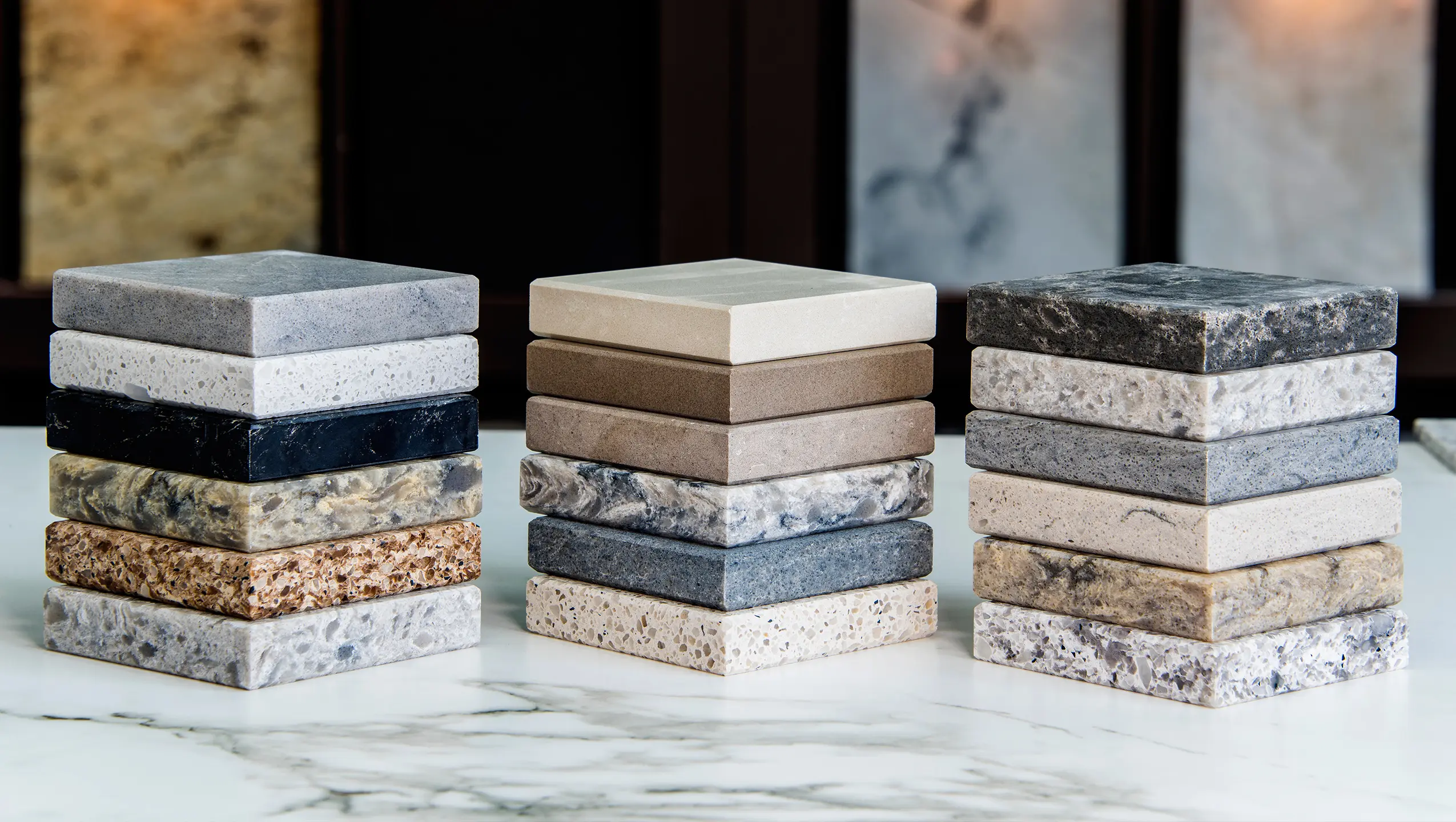When building a house or designing an interior, material selection is one of the key aspects to consider. Granite is often a top choice due to its natural beauty and high durability. It is commonly used for floors, walls, and countertops. However, many people still wonder whether granite needs additional protection such as a sealant.
Sealant acts as a coating to prevent the penetration of liquids and to maintain the material’s integrity. In the construction world, sealants are widely used, from glass and windows to wall gaps. For materials like granite that have natural pores, choosing the right sealant is crucial to ensure long-lasting performance and protection.
What Is a Sealant?
A sealant is an adhesive or coating material that functions to fill gaps and prevent leaks of water, air, or other substances that may damage surfaces. Usually in the form of a paste or liquid, sealants can be easily applied using a sealer gun or spatula. Its elastic properties allow it to adjust to structural movement without cracking or breaking, making it a popular choice in building construction, industrial equipment, and products requiring added protection.
In granite installation, sealants play a critical role in preserving the material’s integrity by protecting it from water and chemical exposure. Common types include adhesive sealants and joint sealants, each serving a specific purpose in ensuring strong and lasting connections between surfaces. Materials like silicone, acrylic, or polyurethane are often used in sealant formulas to provide maximum protection tailored to specific needs.
Functions of Sealant on Granite
To maintain granite’s quality and durability over time, using sealant is an essential step that should not be overlooked. While granite is known for its strength and resilience, an extra protective layer provided by sealant helps preserve its appearance and protect it from various forms of damage.
1. Preventing Stains
Granite has natural pores that can absorb liquids if left unsealed. Sealant acts as a barrier, preventing substances like oil, coffee, wine, or other chemicals from seeping into the surface. With sealant, the risk of permanent staining is reduced, keeping granite clean and aesthetically pleasing for the long run. This protection is especially crucial in areas such as kitchens and dining tables that are frequently exposed to various liquids.
2. Protecting Against Scratches
Although granite is naturally scratch-resistant, repeated contact with sharp objects or friction can still leave marks on its surface. Sealant adds a layer of protection that helps reduce abrasion, particularly on kitchen counters or frequently used floors. This added defense helps maintain granite’s pristine appearance for a longer time.
3. Enhancing Durability
Long-term exposure to moisture and chemicals can cause structural changes in granite. Sealants help prevent water or corrosive substances from penetrating the granite’s pores, keeping the material sturdy and resistant to erosion. This is especially beneficial for granite used in bathrooms, kitchens, or outdoor areas where water and extreme temperatures are common. With sealant protection, granite remains durable and long-lasting.
4. Easing Maintenance
Sealed granite is easier to clean because dirt does not easily adhere to its surface. With just a damp cloth or mild cleaner, stains and dust can be quickly wiped away without damaging the surface. Additionally, sealants help prevent color fading due to sunlight exposure or certain chemicals, preserving granite’s elegant look over time.
5. Strengthening Installation
Sealant not only protects the surface but also functions as an adhesive that strengthens granite installation. Products like gun sealant are used to bond granite slabs together, making them more stable and less likely to shift. Using the right sealant ensures the granite is securely installed, minimizing the risk of cracks or movement due to temperature changes or pressure.
How to Apply Sealant on Granite
Proper sealant application ensures that granite remains durable, stain-resistant, and visually appealing. This process requires precision for a clean finish and optimal adhesion. Here are the key steps to consider when applying sealant on granite:
1. Preparing the Granite Surface
Before applying sealant, make sure the granite surface is completely clean and dry. Use mild detergent or water to remove dust, dirt, and construction residue, then wipe it dry. To prevent sealant from spreading to unwanted areas, use protective tape around the surrounding area. This preparation is crucial for good adhesion and optimal results.
2. Choosing and Applying the Right Sealant
Select a sealant based on your needs—gun sealant for larger gaps or joint sealant for more flexible sealing. When applying, cut the tip of the sealant tube at a 45-degree angle for better precision. Spread the sealant evenly using a brush, clean cloth, or specialized tool, ensuring it penetrates the granite’s pores for maximum protection.
3. Smoothing and Cleaning Excess Sealant
Once the sealant is applied, use a special tool or your finger (dampened with water) to smooth and shape the sealant layer neatly. If any excess remains, clean it immediately with a damp cloth or sponge before it dries to achieve a professional and spotless finish.
4. Drying Process and Regular Maintenance
Sealants typically require several hours to a full day to dry completely. Avoid contact with water or chemicals during this time to ensure maximum adhesion. Regular maintenance is also necessary, including reapplying sealant—especially in areas frequently exposed to water or chemicals. This step helps maintain the granite’s durability and appearance over time.
That’s a detailed explanation of the importance of using sealant on granite to preserve its strength and beauty. With the right protection, granite is more resistant to stains, scratches, and moisture exposure, ensuring long-term durability. Proper sealant application also helps maintain the granite’s color and texture, especially in areas that are frequently in contact with water or chemicals.
Make sure the sealant is applied correctly and perform routine maintenance to keep your granite looking elegant and long-lasting. Vellino Granite offers high-quality granite that brings luxurious appearance and maximum durability to both the interior and exterior of your home.
Popular Products
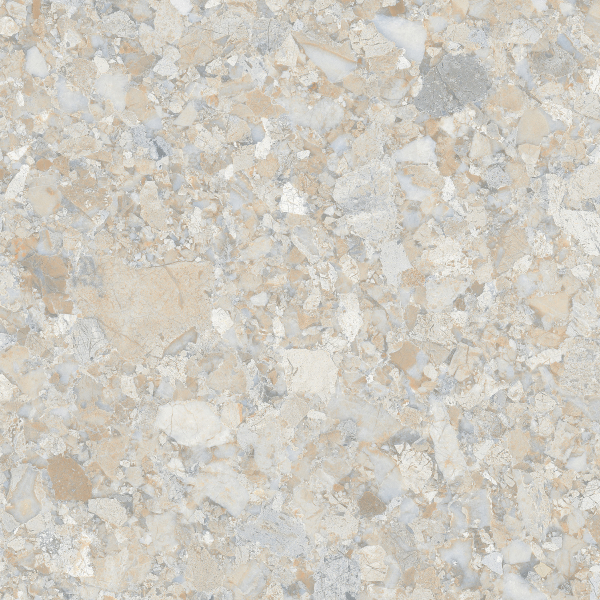
THETA VINCENT BEIGE
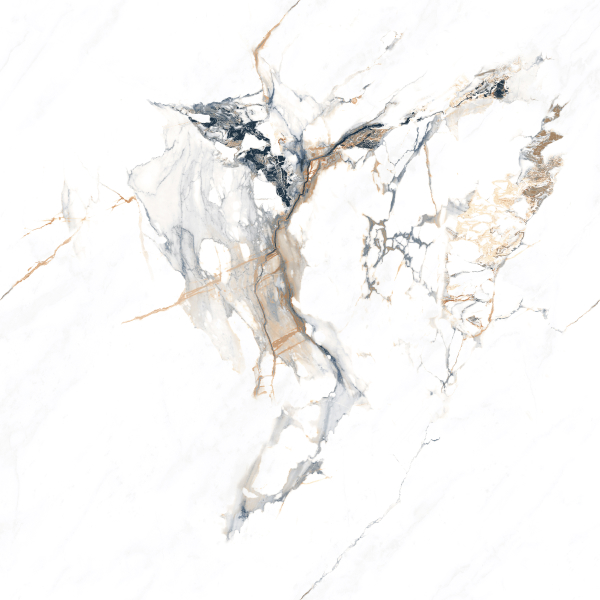
THETA NICOLLI WHITE
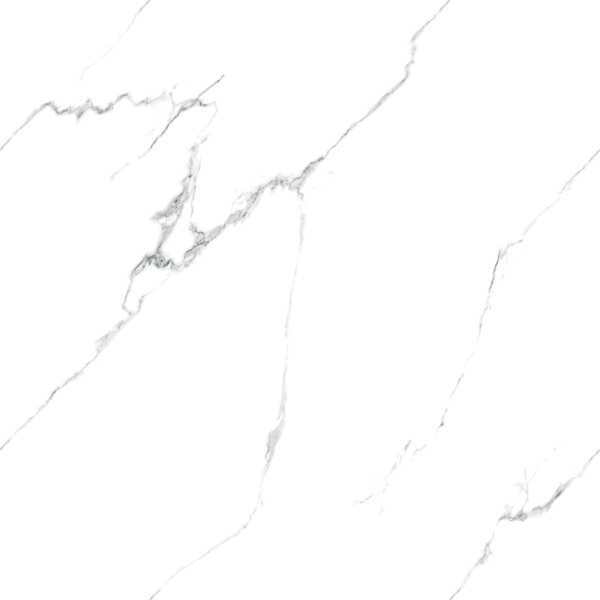
THETA RAFFINATO WHITE
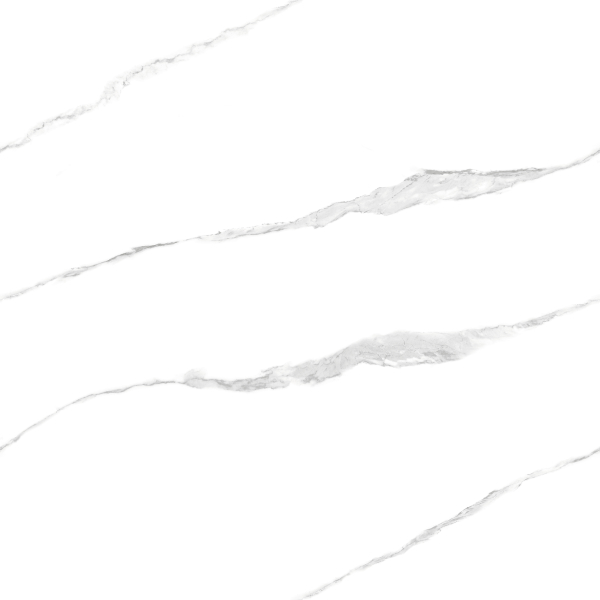
THETA GIARDINO WHITE

RUSTIC AVIRA CHARCOAL

